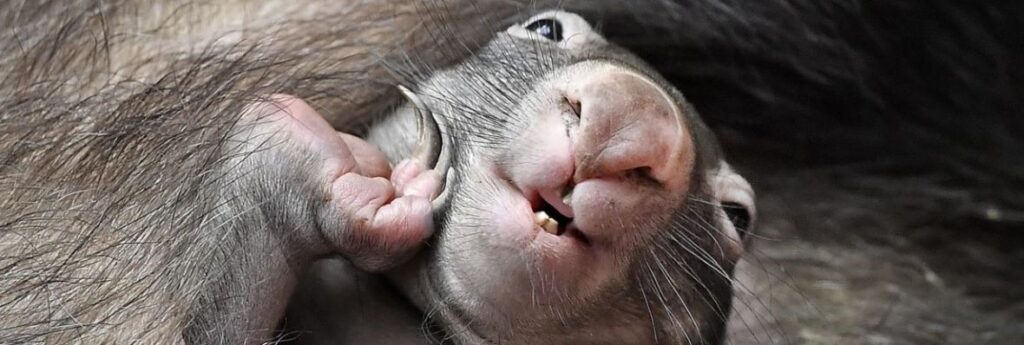An American influencer has left Australia after the government announced it was reviewing her visa over a video she posted of her snatching a baby wombat from its mother. Sam Jones, who describes herself as an “outdoor enthusiast & hunter,” made her Instagram account private after she was widely condemned for the video.
“There’s never been a better day to be a baby wombat in Australia,” Home Affairs Minister Tony Burke said in a statement after a government official confirmed Jones had flown from the country voluntarily.
In the video, Montana-based Jones lifts the wombat joey by its front legs in darkness from a roadside then runs away from its mother. “I caught a baby wombat,” she said as a man filming her laughs. She returns the wombat to the roadside after several seconds.
Burke had said on Friday that the conditions of her visa were being reviewed to determine whether immigration law had been breached.
“I can’t wait for Australia to see the back of this individual, I don’t expect she will return,” he said in a media statement.
Prime Minister Anthony Albanese added his voice to the criticism. “To take a baby wombat from its mother, and clearly causing distress from the mother, is just an outrage,” Albanese said.
“I suggest to this so-called influencer, maybe she might try some other Australian animals. Take a baby crocodile from its mother and see how you go there. Take another animal that can actually fight back rather than stealing a baby wombat from its mother,” Albanese added.
Jones, who also uses the name Samantha Strable, closed her social media channels to messages and couldn’t be reached for comment Friday.
The wombat appears to be a common wombat, also known as a bare-nosed wombat. It is a protected marsupial found only in Australia.
Yolandi Vermaak, founder of the animal care charity Wombat Rescue, said separating the young wombat from its mother created a risk that the mother would reject her offspring.
“My biggest concern is that we didn’t actually see mom and baby getting reunited. When she put it down, it looked disoriented. It was turned away from where the mother was last seen. So, we don’t know if mom and baby actually found each other again,” Vermaak said.
Vermaak also called on Jones to say where the wombat was after the video showed the joey had a skin disease.
“The baby has mange and it’s a matter of time before it dies of mange, so it’s important for us to find where this happened and to get this baby and its mom treated as soon as possible,” Vermaak said.
What you always wanted to know about wombats
Wombats are furry, nocturnal marsupials found only in Australia. Unlike kangaroos and koalas, most wombats actually do spend much of their time down under – in burrows that sometimes include up to 10 entrances and tunnels up to 100 m. long.
That’s a lot of digging for an animal about the size of a medium dog with short legs, but also wide feet and sharp claws. Wombats can be up to a metre long and 40 kg. They have relatively flat faces, small ears and large noses.
If multiple wombats share the same burrow, also known as a warren, it’s most likely to be several females.
Sometimes, after her young are raised, a mother wombat will depart her family burrow to join another, leaving the underground estate to her young, who may still be too small to dig their own, according to the Australia-based nonprofit Wombat Foundation.
When they’re above ground, wombats spend much of their time grazing on grass, their primary food. They are herbivores, using their claws only for digging.
In 2021, scientists at Cornell University and other institutions published results of their study on why wombats are the only animal known to poop out cube-shaped scat. It turns out to be related to the shape of their intestinal muscles.
There are three species of wombats. One of those, the northern hairy-nosed wombat, is critically endangered.
During wildfire season in Australia, other species have been known to shelter in fireproof wombat burrows. Last year, scientists published observations from trail cameras of bush rats, monitor lizards, painted button-quails and other animals sometimes using wombat dens.
If this article was shared with you by a friend or colleague, you may enjoy receiving your own copy of Travel Industry Today with the latest travel news and reviews each weekday morning. It’s absolutely free – just CLICK HERE.

